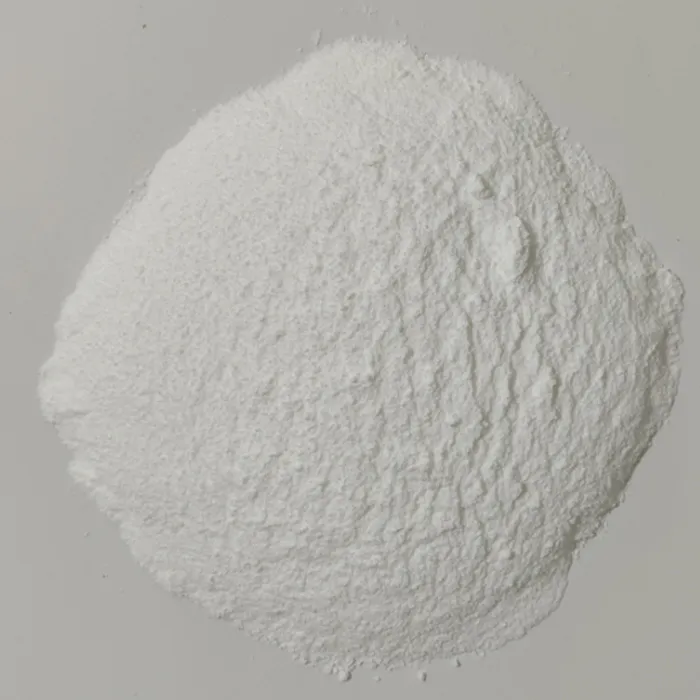Pentoxifylline for Intermittent Claudication
Intermittent claudication (IC) is a common manifestation of peripheral artery disease (PAD), characterized by muscle pain or cramping in the legs during physical activity, which is relieved by rest. This condition occurs due to reduced blood flow to the limbs, primarily caused by arterial blockages or narrowing. While walking or exercising, the muscles require more oxygen than what is delivered through the compromised circulation, leading to discomfort. The management of IC plays a crucial role in improving the quality of life for affected individuals, and one treatment option that has gained attention over the years is pentoxifylline.
Pentoxifylline is a methylxanthine derivative that acts as a hemorrheologic agent, which means it can affect blood flow and improve the deformation of red blood cells. This property enables pentoxifylline to enhance microcirculation and increase blood flow to the tissues. It achieves this through several mechanisms, including reducing blood viscosity, improving the flexibility of red blood cells, and promoting the release of oxygen from hemoglobin to the tissues. For patients suffering from intermittent claudication, these effects can translate into improved walking distances and a reduction in symptoms during physical activity.
Clinical studies have shown that pentoxifylline can provide significant benefits for patients with IC. In a systematic review and meta-analysis, it was reported that pentoxifylline treatment leads to an increase in maximal walking distance and pain-free walking distance. This is particularly relevant as it enables individuals to engage in physical activities, which is essential for cardiovascular health and overall well-being. Additionally, pentoxifylline has the advantage of being well-tolerated with a relatively low incidence of side effects, making it a viable option for long-term management of IC.
pentoxifylline for intermittent claudication

Despite the positive findings related to pentoxifylline, it is essential to place its use in the context of comprehensive management of intermittent claudication. Lifestyle modifications, such as smoking cessation and structured exercise programs, are cornerstones in treating IC. Regular supervised exercise training has been found to enhance walking distance and improve endurance significantly. When combined with pharmacologic therapies like pentoxifylline, patients may experience even greater benefits.
Pentoxifylline can also be used in conjunction with other medical therapies, including antiplatelet agents and cilostazol, another medication approved for treating IC. Cilostazol works differently by improving blood flow through vasodilation and inhibiting platelet aggregation. The combination of pharmacological treatments, exercise, and lifestyle changes typically yields the best outcomes for patients.
While pentoxifylline shows promise in managing intermittent claudication, it is important for patients to have realistic expectations. It may not work for everyone, and its effects can vary based on individual health conditions. Therefore, healthcare providers should conduct a comprehensive evaluation before initiating treatment, considering the patient's overall health status, comorbidities, and preferences.
In summary, pentoxifylline serves as a beneficial adjunct in the treatment of intermittent claudication. Its capacity to enhance blood flow and alleviate symptoms can significantly improve the quality of life for those suffering from this condition. Nevertheless, it should be part of a multifaceted approach that includes lifestyle modifications and regular monitoring by healthcare professionals. As ongoing research continues to shed light on the optimal management strategies for IC, pentoxifylline stands out as a valuable tool in the clinician's arsenal, helping patients regain mobility and enjoy an active lifestyle.

